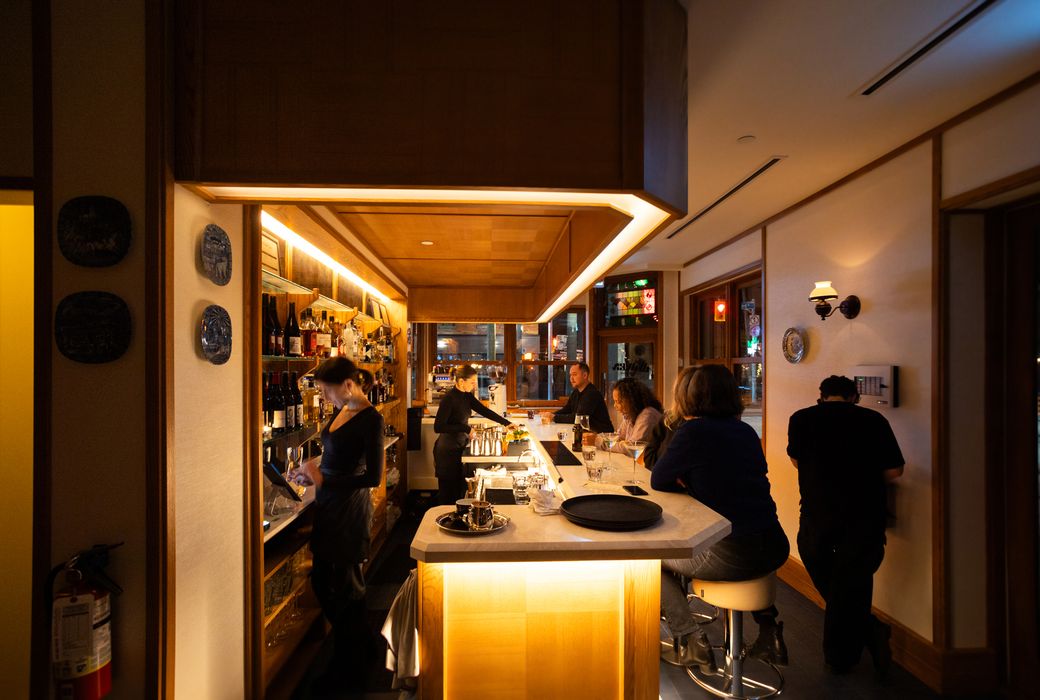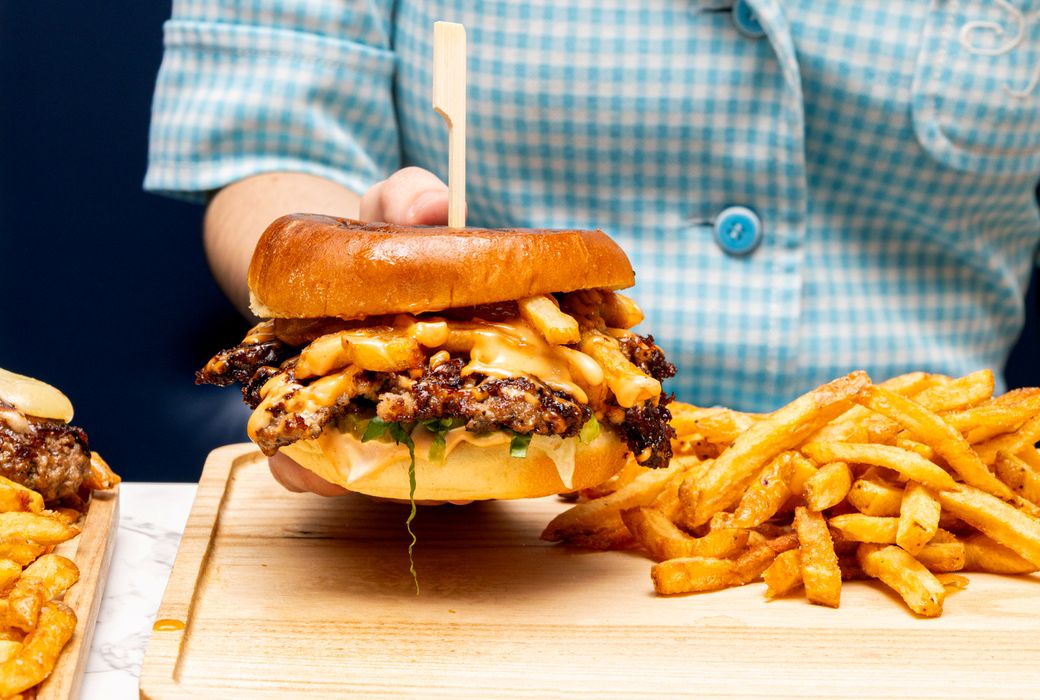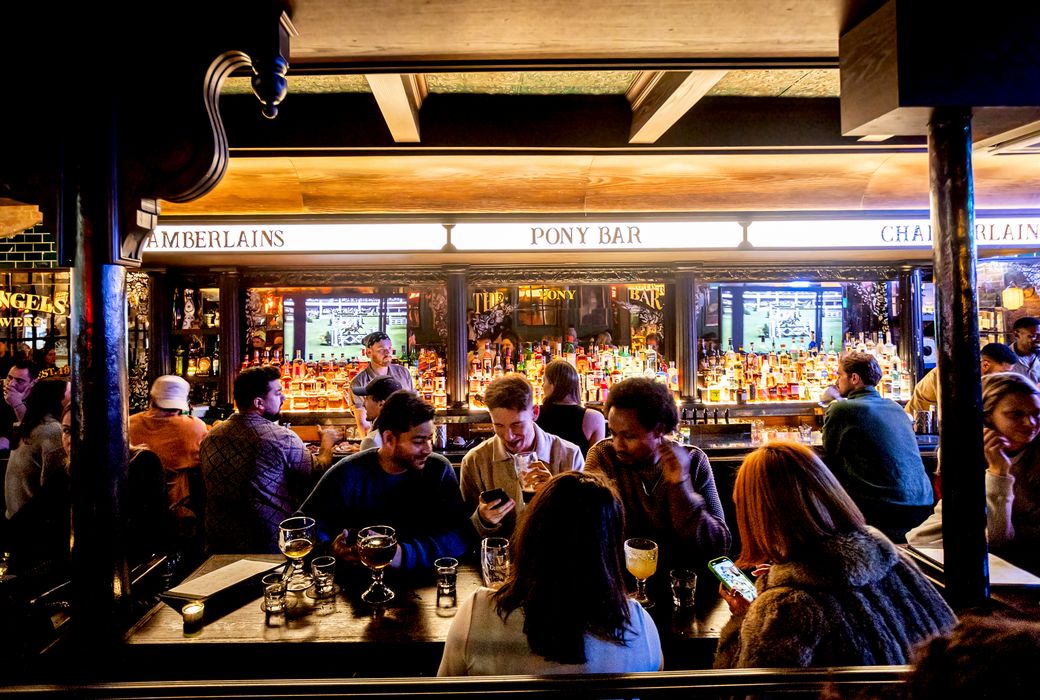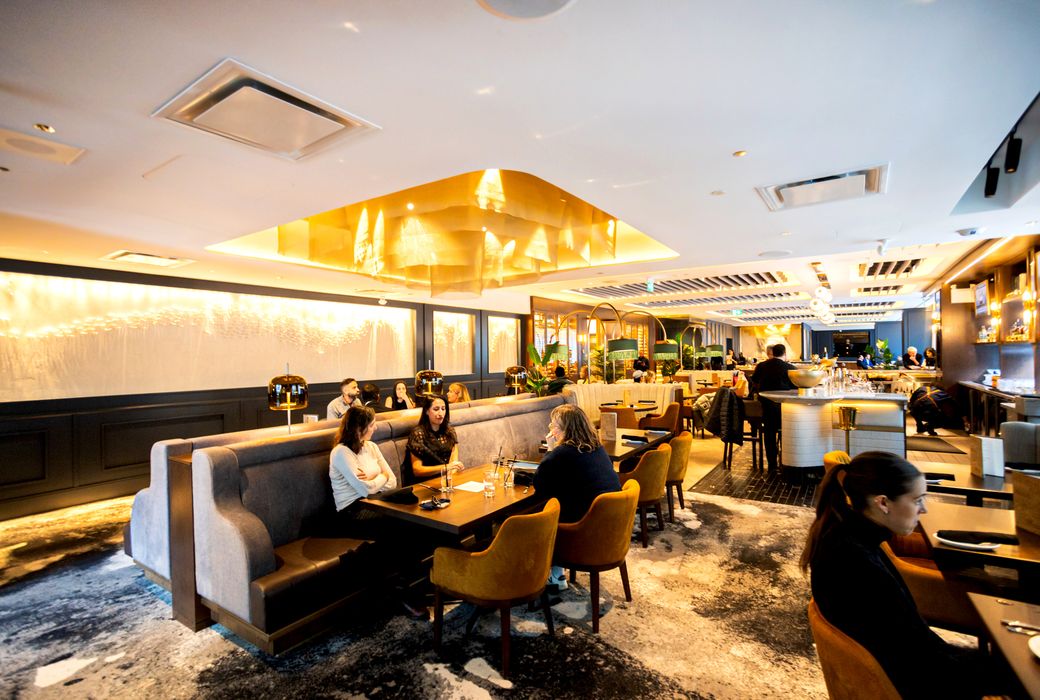Tacos Moras
Tacos Moras does tacos, burritos, quesadillas, and tortas with fillings like steak, short rib, cactus and grilled shrimp.
The no-frills space is humble and modest like a quintessential takeout taco joint, but they offer nine types of tacos plus a huge selection of fresh sauces.
Though they're named for their tacos, the hearty tortas which are topped with creamy avocado on fluffy buns steal the show.
Photos by
blogTO








